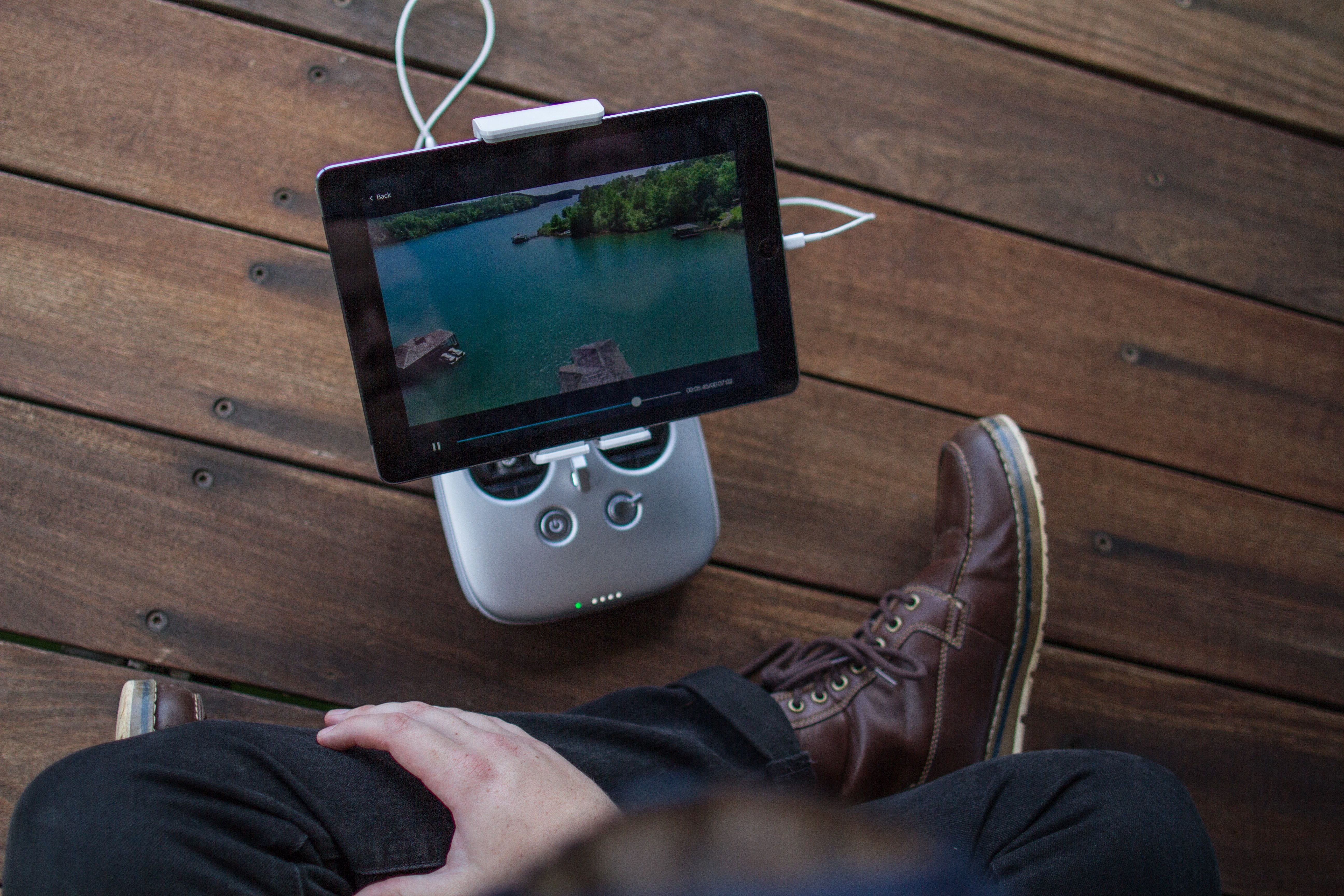
As I discussed in my last post about how computers have enabled those with impairments to overcome some barriers, I've learned through personal experience that the advent of mobile devices has managed to bridge some of the divide in communication and wayfinding, alongside being of assistance to many during every day life tasks.
In this post, I want to expose you to features already built in at the OS and application level, as well as apps that have been developed and are available for download. Imagine yourself in the shoes of those who deal with specific impairments everyday by experimenting with these features. It could help you be more empathetic, which can make you a better developer.
Built-in Features on Mobile Devices
Jump to section titled: Built-in Features on Mobile DevicesToday you can find accessibility features built right into many smartphones and tablets. You probably already know about screen readers like VoiceOver, but what about switch access scanning? Listed below are several features available on mobile devices.
Vision
Jump to section titled: Vision- screen readers (VoiceOver, Talkback)
- screen magnifiers
- speech synthesis (Speak Selection)
- speech recognition (Siri, Cortana)
- font adjustments
- grayscale and inverted colors / high contrast mode
Hearing
Jump to section titled: Hearing- video call (FaceTime, Skype)
- visible and vibrating alerts
Physical- and motor-skills
Jump to section titled: Physical- and motor-skills- gesture replacement (replacing pinch or swipe with easier gestures)
- touch configuration (e.g. limiting taps on the screen)
- switch access scanning
Cognitive
Jump to section titled: CognitiveMany of the above features can benefit cognitive impairments:
- alarms, timers, calendars may assist with time-keeping
- altered color settings may reduce visual stress
- speech recognition may assist with navigation
- speech synthesis / text-to-speech may help in keeping focus
- touch configuration can help prevent mistakes
- screen brightness adjustments can ease visual stress
Alternative Input Methods
Jump to section titled: Alternative Input MethodsSo, devices have some useful feature built in, but how can everyone make use of these features? Specifically, imagine not being able to see what you're touching or use your hand at all.
- Screen reader control: VoiceOver isn't just a voice reading off the contents of a screen; it also changes the default screen tap input
- Braille input: an alternate virtual keyboard option for those who can communicate with Braille
- Switch access scanning: when activated, the visual focus moves across the screen or icons and gives the user precision to choose if they are unable to use their finger or struggle with dexterity
- Speech input: voice commands
Alternative Output Methods
Jump to section titled: Alternative Output MethodsWith input comes output...
- Magnification: screen enlargement
- Touch Screen: customizable output, including high contrast and enlarged content/controls.
- Speech output & sound feedback
- Braille devices: a peripheral display that outputs in Braille
Apps that Assist
Jump to section titled: Apps that AssistThough the current mobile operating systems, included apps, and built-in accessibility have come a long way, there are still some gaps that are slowly being filled through custom apps. Here are a few that I learned about:
- Color detection: ColorVisor, which assists those with blindness and color blindness
- Communication and entertainment via multimedia:
- calendars / task lists for those who struggle with mental health problems and cognitive impairments
- video conferencing benefits those who have hearing impairments
- apps for movies to assist with visual or hearing impaired (includes captions or audio descriptions)
- audiobooks benefit those with visual or cognitive impairments
- recording / editing apps, including OCR apps, can benefit visually impaired in many ways
- Wayfinding: Walkersguide, aimed at those with visual impairments, offers a unique navigation tool that calculates accessible routes for walking and considers public transport information.
Conclusion
Jump to section titled: ConclusionThe third week of FutureLearn's Digital Accessiblity MOOC helped expand my own knowledge of what features were available. Not only did it broaden my perspective on how others use their phones, but it also revealed hidden away features that I found useful for myself (Speak Screen and Color Filters, to name a couple).
Explore the accessibility settings on your phone. You may find, like I did, that some may prove just as useful in your daily life as it does for people who find them critical in their own. Also, take time to do searches on YouTube to see how some of these input and output alternatives are used in real life. That will give you a wider perspective on how various people use their mobile devices, and to a greater extent, how they access your website.